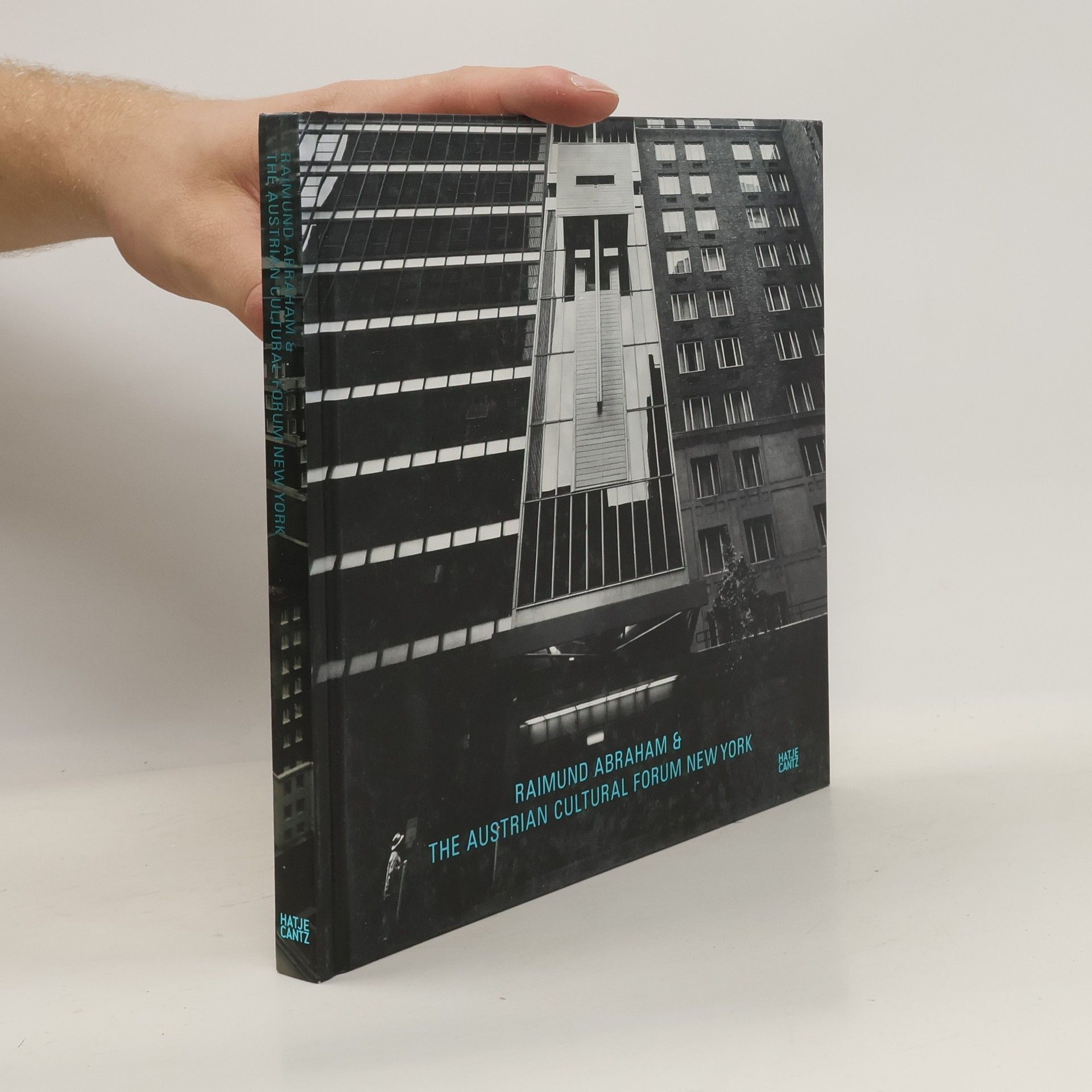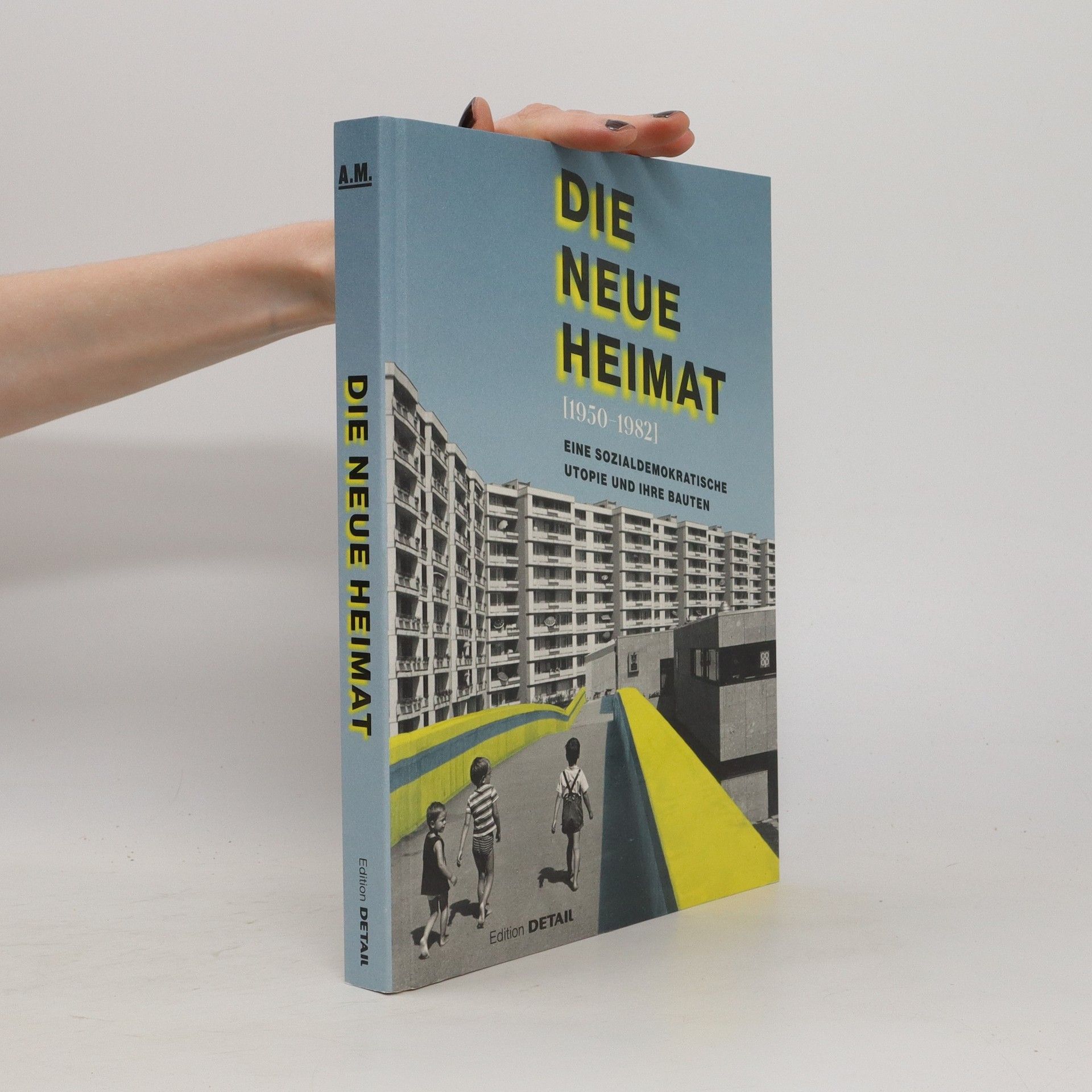Focusing on architectural projects in neglected urban and rural areas, this book showcases designs that aim for social change and highlight architecture's responsibility. The featured works, primarily schools, public spaces, and housing, emerge from close collaboration with future users. Set in locations with inadequate infrastructure, these projects illustrate a transformative dialogue between architecture and ethics, reflecting a commitment to improving communities through thoughtful design.
Andres Lepik Boeken






As one of the worlds megacities, São Paulo has for decades seen an investment in architectural infrastructures that attempt to mitigate its open space shortages as well as fulfill the constant need for recreational, cultural, and sports programs. These buildings and open spaces - which can be public, semi-public, or privately-owned - arguably attempt to create inclusive places for urban society. This exhibition catalogue presents projects at different scales, focusing on their programmatic characteristics rather than the formal qualities usually emphasized in scholarship on Brazilian architecture. While many cities around the world are still chasing the so-called "Bilbao Effect" - the creation of a monofunctional "signature" architectural work by a famous architect that can attract tourism - this exhibition catalogue advocates for architectural infrastructure that adds programs of different natures, and that are aimed at social sustainability for local citizens. This aspect of urban growth in São Paulo - quite a vertical and densely-populated city; a city of great resources and also tremendous poverty; a city with high crime rates; a city with severe traffic issues; a city with public-health problems - illustrates how architecture and infrastructure can contribute to a city's urban development in multiple ways.
Wer kennt das nicht? Dinge, die man sich eben erst gekauft hat, gehen bereits nach kurzer Zeit kaputt. Die Reparatur ist nicht vorgesehen, Ersatzteile sind nicht erhältlich. Was tun? Repaircafés versuchen zu helfen, doch eigentlich braucht es ein Umdenken schon bei der Konstruktion und Produktion der Dinge. Um der Entwicklung entgegenzuwirken und für einen nachhaltigen Umgang mit Ressourcen zu sensibilisieren, ist an der Architekturfakultät der Hochschule München ein Reparaturkurs initiiert worden. Für die unterschiedlichsten Objekte wurden Reparaturkonzepte entwickelt und durchgeführt - sowohl handwerklich als auch mit Hilfe digitaler Fabrikationstechniken. Auf Süddeutschlands größtem DIY-Festival Make Munich sind der Maker-Szene bereits einige Projekte vorgestellt worden. Diese Publikation zeigt nun erstmals die ganze Bandbreite. Damit soll nicht nur zum Nachdenken - sondern vor allem auch zum Nachahmen angeregt werden. Denn Austausch oder vollständiger Ersatz dürfen weder im Produktdesign noch im sehr viel größeren Maßstab der Architektur die Reparatur als Konzept ablösen.
Who's Next
Homelessness, Architecture, and Cities
Homelessness?the state of having no home?is a growing global problem that requires local discussions and solutions. In the face of the coronavirus pandemic, it has noticeably become a collective concern. However, in recent years, the official political discourse in many countries around the world implies that poverty is a personal fault, and that if people experience homelessness, it is because they have not tried hard enough to secure shelter and livelihood. 0Although architecture alone cannot solve the problem of homelessness, the question arises: What and which roles can it play? Or, to be more precise, how can architecture collaborate with other disciplines in developing ways to permanently house those who do not have a home?0Who?s Next? Homelessness, Architecture, and Cities seeks to explore and understand a reality that involves the expertise of national, regional, and city agencies, nongovernmental organizations, health-care fields, and academic disciplines. Through scholarly essays, interviews, analyses of architectural case studies, and research on the historical and current situation in Los Angeles, Moscow, Mumbai, New York, São Paulo, San Francisco, Shanghai, and Tokyo, this book unfolds different entry points toward understanding homelessness and some of the many related problems. The book is a polyphonic attempt to break down this topic into as many parts as needed, so that the specificities and complexities of one of the most urgent crises of our time rise to the fore
World of malls
- 272bladzijden
- 10 uur lezen
The catalogue World of Malls is devoted to a type of building that was invented in the United States just less than sixty years ago and quickly spread throughout the world. Due to urban planning’s increasing orientation toward the automobile, the mall became a substitute for lost urbanity. Yet what direction is the development of the shopping mall taking today? On the one hand, there continue to be spectacular new openings in America, Asia, the United Arab Emirates, and Europe. At the same time, however, many malls are empty, and some are being converted and repurposed. There is hardly any other building typology that is being discussed as controversially: does the shopping mall mean the death of the city, or does it stimulate its revitalization? In their essays, urban planners, economists, and architectural historians such as Anette Baldauf, Bob Bruegmann, Dietrich Erben, Richard Longstreth, Alain Thierstein, June Williamson, and Sophie Wolfrum examine the transformation processes of the shopping mall from the twentieth to the twenty-first century. (German edition ISBN 978-3-7757-4138-5) Exhibition: Architekturmuseum der TU München in der Pinakothek der Moderne, 13.7.–22.10.2016
Das Austrian Cultural Forum des österreichischen Architekten und Theoretikers Raimund Abraham (1933–2010) wurde vom Architekturhistoriker Kenneth Frampton als das spektakulärste moderne Bauwerk New Yorks seit dem Seagram Building und Frank Lloyd Wrights Guggenheim Museum bezeichnet. Mit einer Breite von 7,6 Metern und einer Tiefe von 25 Metern gliedert sich der 24-stöckige Turm mit seiner symmetrisch geteilten Glasfassade in die 52. Straße Manhattans. Trotz des extrem schmalen Baugrundes gelang Abraham eine außergewöhnliche Formensprache, die sich jedem Architekturtrend entzieht. Nach nunmehr acht Jahren lebhafter Nutzung des Gebäudes wird in dieser ersten Monografie das Haus mit zahlreichen Fotos und vielschichtigem Material vorgestellt. Beiträge zum Stellenwert der Institution in der österreichischen Außen- und Kulturpolitik, zu Abrahams Werk, seiner Position als Lehrer und Theoretiker, dem Verhältnis zu Österreich sowie weiteren Aspekten gewähren einen Einblick in sein architektonisches und ästhetisches Denken.
Die Neue Heimat (1950-1982)
- 236bladzijden
- 9 uur lezen
Die 'neue Heimat' War Der Größte Und Bedeutendste Nicht-staatliche Wohnungsbaukonzern Im Europa Der Nachkriegszeit. In Einem Zeitraum Von Über Dreißig Jahren Hat Das Gewerkschaftsunternehmen Mehr Als 400.000 Wohnungen Und Seit Den Sechziger Jahren Auch Zahlreiche Kommunal- Und Gewerbebauten In Deutschland Geplant Und Ausgeführt. Die 'neue Heimat' War Ein Hoffnungsträger Für Die Teilhabe Am Wirtschaftswunder - Und Der Skandalträchtige Zusammenbruch Des Unternehmens Anfang Der Achtziger Jahre Wirkte Wie Ein Schock Auf Die Westdeutsche Bevölkerung. Der Zeitliche Abstand Von Über Einer Generation Bietet Die Chance Für Eine Kritische Untersuchung: Was Waren Die Ansätze Der Sozialdemokratischen Visionen Und Was Ist Aus Dem Bis Heute Angestrebten 'wohnen Für Alle' Geworden? Anhand Zahlreicher Historischer Foto- Und Planmaterialien Und Kurzbeiträgen Werden U.a. Großsiedlungen Wie Die Neue Vahr Bremen Oder Die Entlastungsstadt Neuperlach Sowie Gigantische Großprojekte Der 'neuen Heimat Städtebau' Wie Das Icc Berlin Dokumentiert. Hg. Andres Lepik Und Hilde Strobl. On Occasion Of An Exhibition Held At The Architekturmuseum Der Technischen Universität München, June 27-october 6, 2019. Includes Bibliographical References.
Seit dem Bau der ersten Hochhäuser zu Beginn des Jahrhunderts fasziniert dies Architekturform die Menschen, und der Ehrgeiz, den höchsten Wolkenkratzer zu bauen, ist ungebrochen. Die hier präsentierte Palette der Skyscraper reicht weit über die häufig beschriebenen Standorte in Asien, Nordamerika und Europa hinaus, indem sie so ferne Schauplätze wie Saudi Arabien, Libanon, die Vereinigten Arabischen Emirate sowie Uruguay und Mexico berücksichtigt. Die Einführung bietet einen Überblick über architektonische und ökonomischen Tendenzen, die im ausgehenden zwanzigsten Jahrhundert für das Hochhaus von Bedeutung sind, der Epilog beleuchtet den im neuen Millennium stattfindenden „Wettbau“ um das höchste Gebäude der Welt.


